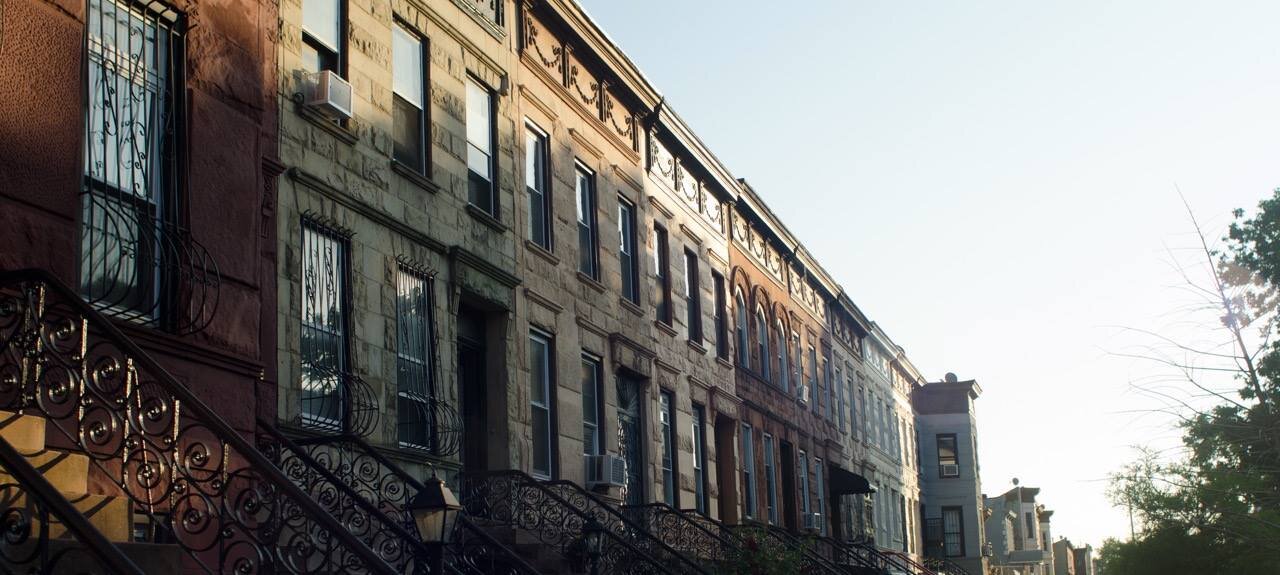Introduction
Over the past year, Con Edison has proposed steep rate increases for its New York customers. These hikes have stirred controversy, public pushback, and debate over how to balance infrastructure upgrades, clean energy goals, and affordability. In this blog, I’ll break down what’s happening, why rates may be going up, how it affects consumers, and what you can do to mitigate the impact.
What’s Proposed & What’s Driving It
- Con Edison has requested rate hikes of ≈11.3% for electricity and ≈10.5–13% for gas/delivery charges for many residential customers. Rye Town+4CBS News+4Habitat Magazine+4
- In one report, ConEd’s proposed rate hike could raise the average household bill by $372/year. The Guardian
- The utility claims the increases are necessary to fund:
- Upgrades and modernization of aging grid infrastructure
- Investments to support increased electric demand (e.g. EV charging, electrification)
- Reliability and resiliency improvements given more extreme weather events
- Maintenance of workforce and customer service capabilities
- Recovering capital expenditures via “delivery” or infrastructure surcharges Rye Town+3Habitat Magazine+3Integrity Energy+3
- The New York Public Service Commission (PSC) is reviewing the request, and in past proceedings often adjusts downward what utilities propose. Habitat Magazine+1
- Some proposals extend beyond one year: e.g. ConEd’s planned 2026-2028 rates could cumulatively increase residential delivery by ~37%, or 27.2% on total bill. Rye Town
Impact on Consumers
- Residential customers will see higher delivery charges, which are portion of your bill tied to infrastructure (not just usage).
- Even with conservation, some fixed costs increase due to capital and grid improvements.
- Low-income or fixed-income households may struggle more with the rise.
- Some public hearings were held (in Westchester and others) for consumer feedback. CBS News
- The hikes could fuel political pressures, regulatory scrutiny, and calls for profit caps on utilities. Habitat Magazine+1
Broader Context & Energy Trends
- The hikes come amid statewide pushes toward electrification, clean energy mandates, and grid resiliency in New York. ConEd argues that upgrading the grid is part of meeting those energy transition goals. Habitat Magazine+2Integrity Energy+2
- Many utilities throughout NY State (not just ConEd) are pursuing rate increases. Reports suggest ~75% of electric customers statewide have pending or approved hikes. New York Focus
- Some utility customers currently see increases of $33/month or more in proposed changes. New York Focus
What You Can Do to Mitigate the Impact
- Energy efficiency / conservation
Reducing consumption reduces variable portion; using LED lighting, smart thermostats, better insulation helps. - Time-of-use / smart billing options
If offered, shift major loads (EV charging, laundry) to off-peak hours. - Take advantage of rebates / incentives
NYSERDA and ConEd have programs for efficiency upgrades (insulation, heat pumps, etc.). NYSERDA+2NYSERDA+2 - Monitor your bill — demand charges or fixed components increasing
Understand your bill structure: delivery, fixed fees, surcharge components. - Engage in public comment / regulatory process
Utilities often solicit public feedback; attend hearings or submit comments. - Consider distributed generation / solar + storage
If feasible, generating some of your own power can reduce load on ConEd (and exposure to rate hikes). - Budget ahead
Know that increases may come, and plan for a higher energy expense buffer.
Bottom Line
Yes, Con Edison is pushing for substantial rate hikes, and the justifications—grid modernization, demand increases, clean energy transition—are not frivolous. But the burden falls heavily on ratepayers, especially those less able to absorb rising bills.

